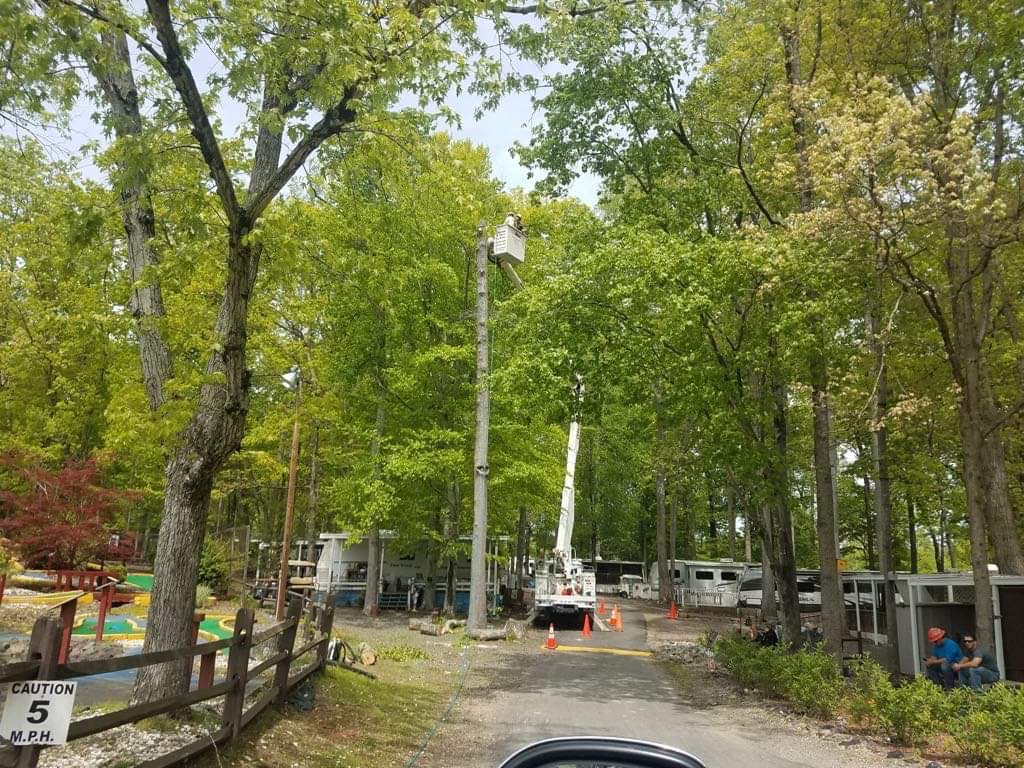Winter can be a challenging time for homeowners, especially when it comes to maintaining their trees. Many homeowners believe that tree care is limited to spring and summer months, with winter playing no significant role. However, that couldn’t be further from the truth, and the way you treat your trees during winter can have a tremendous impact on their health and vitality in the spring. Here are some winter tree care measures that Shannon & Sons Tree Service recommends to help you set the stage for a vibrant spring.
Pruning
Winter is the ideal time to prune trees for several reasons. Firstly, trees are dormant during the winter months, making it easier to see the tree’s overall structure and identify which limbs need trimming. Secondly, pruning during winter reduces the risk of disease transmission by insects attracted to fresh tree wounds. Lastly, pruning during the dormant season encourages tree growth in the spring, producing a more vibrant and healthy tree. It is crucial to have pruning done by an experienced tree service to avoid any damage caused by over-pruning, which may impact the tree’s health. A professional tree service can also identify dead or diseased branches that need to be removed, reducing the risk of potential damage during winter storms.
Mulching
Mulching is an essential winter tree care measure and has several benefits. It conserves moisture within the soil, which is beneficial for sustaining roots during the freezing winter months. It also insulates the soil, regulating soil temperatures and protecting the tree roots from freezing. Mulch also reduces soil erosion during winter storms. It adds valuable nutrients to the soil and prevents weed growth. Before adding mulch, make sure to remove any debris from around the tree, as it can attract pests and promote disease. A layer of 2-4 inches of mulch is recommended, keep in mind; too much mulch can lead to saturation and root rot.
Watering
Although trees tend to go into a dormant state during winter, they still require watering. The roots of trees continue to absorb water during winter, hydrating and sustaining the tree’s health. If the winter is dry and insufficiently watering your tree can lead to root damage and an unhealthy tree. However, overwatering poses a threat, as it can lead to root rot. A professional tree service can help you determine how much watering your trees need, depending on their species and environment.
Protecting from Winter Sunburn
People often forget that sunburn damage is not limited to human skin. In fact, trees can also sustain sunburn damages. Sunscald, often referred to as winter sunburn, is a type of damage that affects trees, particularly those with thin bark. This damage primarily occurs during late winter when the bark of a tree warms up due to direct sunlight and then rapidly cools down as the sun sets, causing the bark to crack or blister. This damage can make the tree susceptible to diseases and pests. To prevent sunscald, there are several measures you can take. Wrapping the trunk of the tree with a tree wrap or plastic tree guard can protect the tree from temperature fluctuations. Start from the base of the tree and wrap upwards, overlapping each layer by about one-third until you reach the first set of branches. This wrap can be left in place throughout the winter and removed in the spring. Another preventative measure is using white tree paint. The white paint reflects sunlight, preventing the bark from heating up during the day. As with wrapping, you only need to paint the trunk up to the first set of branches. Lastly, creating a windbreak or planting your trees in a location protected from harsh winter winds can also help prevent sunscald damage. It’s important to remember that young trees, newly planted trees, and trees with thin bark are the most susceptible to sunscald and should be the main focus of these preventative measures.
Preventing Pest and Diseases
Winter serves as an excellent time to ward off pests and diseases. Apply dormant oil spray to trees during winter to help repel insects and diseases. The oil spray suffocates insect eggs and larvae and prevents the spread of disease, making it a crucial step towards preserving your trees’ health. A professional tree service can also help identify any potential pest and disease threats specific to your area and provide appropriate treatment measures.
Setting the Stage for a Vibrant Spring
Winter tree care is often overlooked, but it is a vital aspect of maintaining healthy trees. A bit of winter tree care will go a long way towards ensuring your trees bloom with vitality in spring. Pruning, mulching, watering, protective measures like sunburn prevention and spraying dormant oil on your trees’ bark all contribute to improving your tree’s health and longevity. However, it’s crucial to trust the services of experienced tree service professionals like Shannon & Sons Tree Service to know what your tree needs. By following these tips, you can make sure your tree remains healthy, and your landscape will look beautiful year-round.



